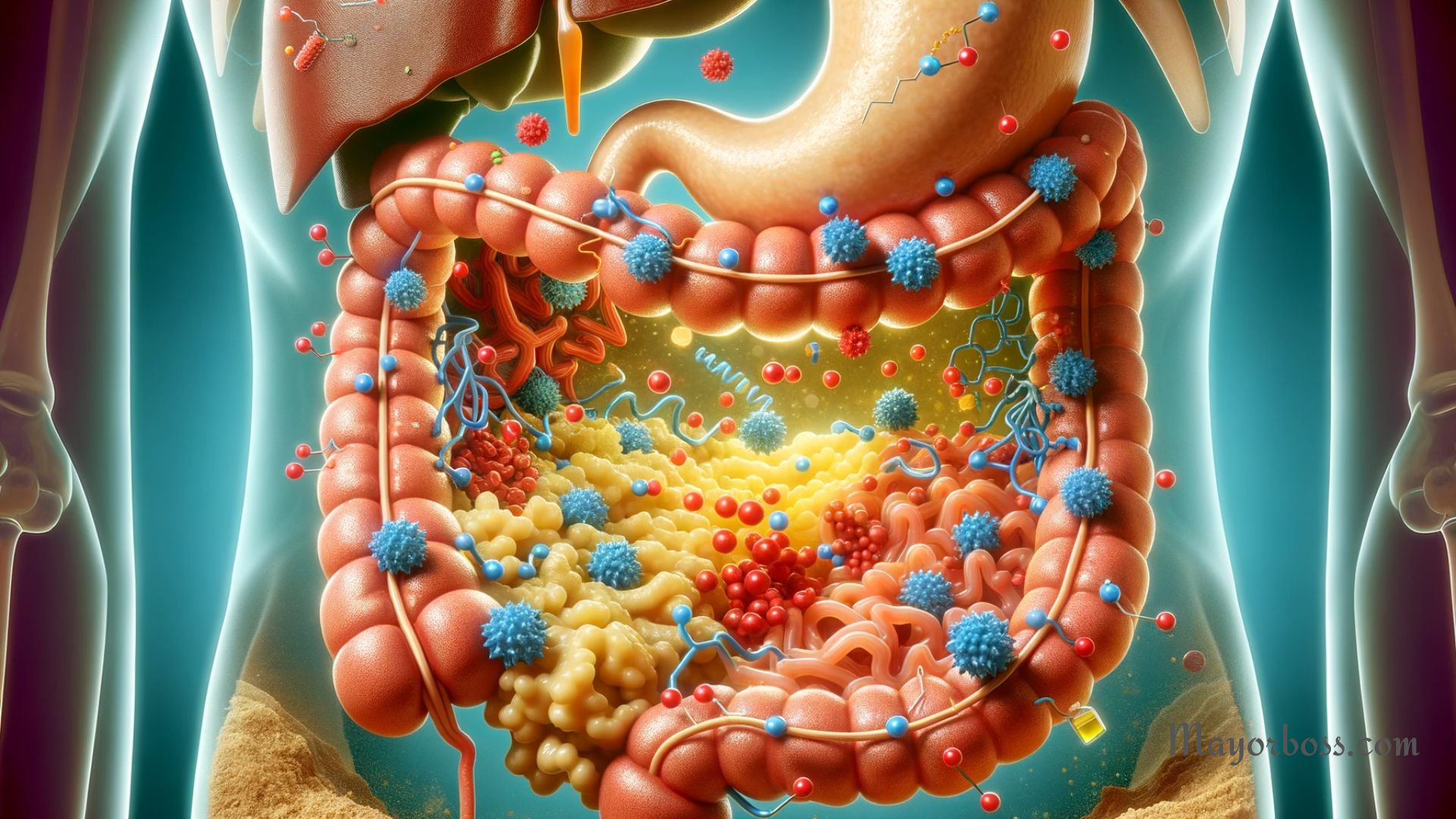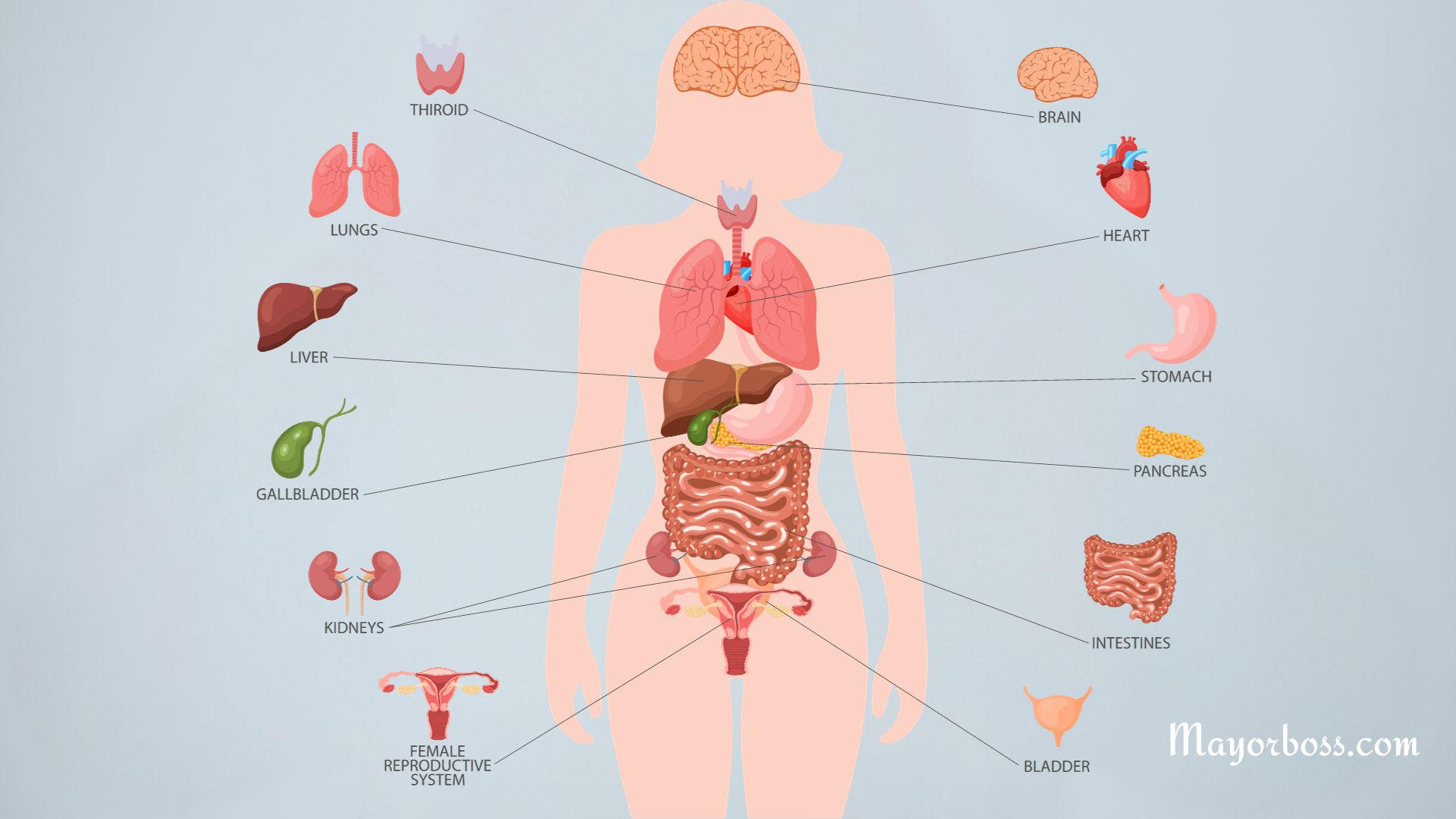Bile: What Is It, Function, Location & Anatomy
Bile, a vital fluid in your body, plays an instrumental role in the digestion process. But what exactly is bile, and how does it function? This article discusses bile to understand its composition, function, and where it fits into the complex system of your body.
What is Bile?
At its core, bile is a complex fluid produced by your liver. This might sound unremarkable, but bile is essential for proper digestion. It’s stored in a small, pear-shaped organ called the gallbladder, which releases it into the small intestine.
The Function of Bile
Breaking Down Fats
The primary function of bile is to aid in the digestion and absorption of fats in the small intestine. When you eat foods rich in fats, bile works like a detergent, breaking down these fats into fatty acids. These fatty acids are then easily absorbed by the walls of the intestines and utilized by your body.
Waste Elimination
Bile also plays a crucial role in eliminating waste products from the body. Components like bilirubin, a byproduct of red blood cell breakdown, are excreted through bile. This is what gives feces its characteristic color.
Cholesterol Regulation
Bile contains a significant amount of cholesterol. It’s one of the ways your body excretes excess cholesterol, thereby helping in regulating cholesterol levels.
Composition of Bile
Major Components
- Cholesterol: Despite its negative reputation, cholesterol is vital for many body functions, and bile helps in its regulation.
- Bile Acids (Bile Salts): These are essential for the digestion and absorption of fats.
- Bilirubin: This pigment is a breakdown product of red blood cells and is responsible for the color of bile.
Other Components
- Water: The majority of bile is water, which provides the necessary fluidity.
- Body Salts: Elements like potassium and sodium are present, playing a role in maintaining the balance of fluids and electrolytes.
- Metals: Trace amounts of copper and other metals, usually attached to proteins, are also found in bile.
Location and Anatomy

The Liver: Bile Production Factory
The liver, a large organ located on the right side of your abdomen, is where bile is produced. It filters toxins and processes nutrients absorbed from the intestines, and as a part of these processes, it creates bile.
The Gallbladder: Bile’s Storage Room
Once produced, bile travels to the gallbladder, a small organ tucked beneath the liver. The gallbladder’s primary role is to store and concentrate bile. When you consume a meal, especially one rich in fats, the gallbladder contracts, releasing bile into the small intestine.
The Biliary Tract: Connecting Channels
The biliary tract comprises ducts that transport bile from the liver and gallbladder to the small intestine. This intricate network ensures that bile reaches the right place at the right time.






